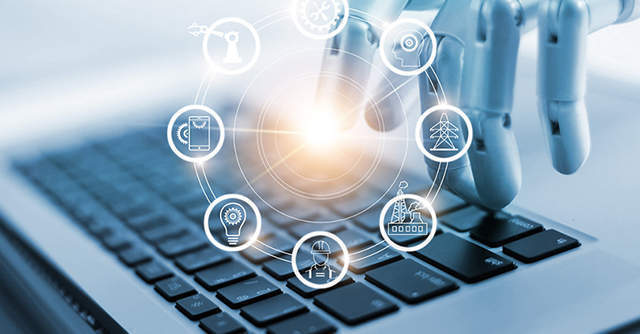
India’s patent laws inadequate for AI-related intellectual property: TCS


Mumbai-based information technology (IT) services firm Tata Consultancy Services (TCS) said that the country’s prevailing patent laws are inadequate for protecting AI (artificial intelligence) related intellectual property (IP).
The country's largest IT services exporter said that the IP creation and protection ecosystem will have to adapt by developing new doctrines to address those challenges and evolve new policies for the enforcement of IPRs in an AI-led world.
The recommendation was part of a report dubbed Understanding the Dynamics of Artificial Intelligence in Intellectual Property that TCS produced in partnership with the Confederation of Indian Industry (CII). The report was meant to capture trends in AI research, and how IP protection regimes need to evolve to match the latest developments in technology.

TCS said that the report maps how the patent laws of different jurisdictions address the matter of AI-specific IP and the challenges that new technologies pose to present-day IP management and protection regimes.
“To accelerate growth to become a $5 trillion economy, India will require sustained innovation using technologies like AI, and its adoption and scaling across social strata. If we fast-track and balance our progress on innovation, IP management and entrepreneurship, we can become a global AI powerhouse,” said Santosh Mohanty, global head for TCS’ components engineering group.
However, currently, the US and China lead the world in AI-related patents, with China leading the world in deep learning, the report said. The Chinese Academy of Sciences owns the largest deep learning related patents portfolio and Chinese technology giant Baidu leads the pack among corporates globally, it added.

While ML (machine learning) is the most common AI technique, mentioned in 89% of the patents filed, deep learning is the fastest-growing technique mentioned in patent filings, the report found. The highest number of patent families are in computer vision (49%), natural language processing (NLP) (14%) and speech processing (13%).
